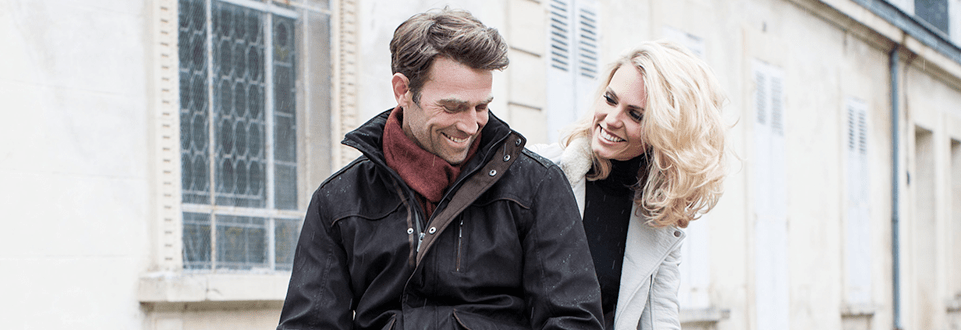
Opening Hours
Monday - Saturday 9am-5pm
Sunday 10am-4pm
Back to topHow to Find Us
We are situated on Dyer Street, the main thoroughfare in the town centre. If you are walking directly to the church we can be found opposite Bingham House Galleries and The Fleece Inn, on your left hand side. The Forum, The Beeches and Waterloo carparks are all short walking distance of the store. The Forum car park (which is the main carpark in the town centre) is free to park on a Sunday, while during the week The Beeches is £2.00 for an All-Day ticket.
Back to topTelephone Number
01285 642902
How to Get to Cirencester
If heading South on the M5, exit at Junction 11A, emerging onto the A417 dual carriageway. Take this to the Birdlip roundabout and continue on the A417 until signposted for Cirencester.
If heading West on the M4, exit at Junction 15 and turn onto the A419 dual carriageway. Head straight along this until signposted for Cirencester.
If heading East on the M4, exit at Junction 17 and head along the A429 to Cirencester..
Back to topStore Manager
Benn Stallard
Back to top
Things to Do Nearby
Cirencester is the capital of the Cotswolds, not only fantastic to discover in of itself but also a superb base to explore the Cotswolds further. For those interested in the history of Cirencester, the Corinium Museum showcases some exquisite mosaics and jewellery from the Roman era. A must-see feature of Cirencester, the impressive gothic architecture of the Church of St John the Baptist towers majestically over the centre of town. Alternatively, Cirencester House lies to the west of town, boasting one of the finest landscape gardens in England. Laid by the first Earl of Bathurst in 1714, this hidden gem provides a fantastic location for an afternoon stroll.
Back to top
History of Cirencester
In 2AD Cirencester, then known as Corinium, was the second largest town after London, with nearly 10,000 inhabitants. However, after the collapse of the Roman Empire little was documented until the early 1100s when Henry I founded the Abbey, which was finalised in 1176. While the Abbey was, and remains an endearing part of Cirencester, it wasn’t until the 15th, 16th and 17th Centuries that Cirencester rose to prominence again with its economy focusing on sheep-rearing, wool sales and cloth making, with “Cirencester cloth” being a highly sought after commodity.
Back to top